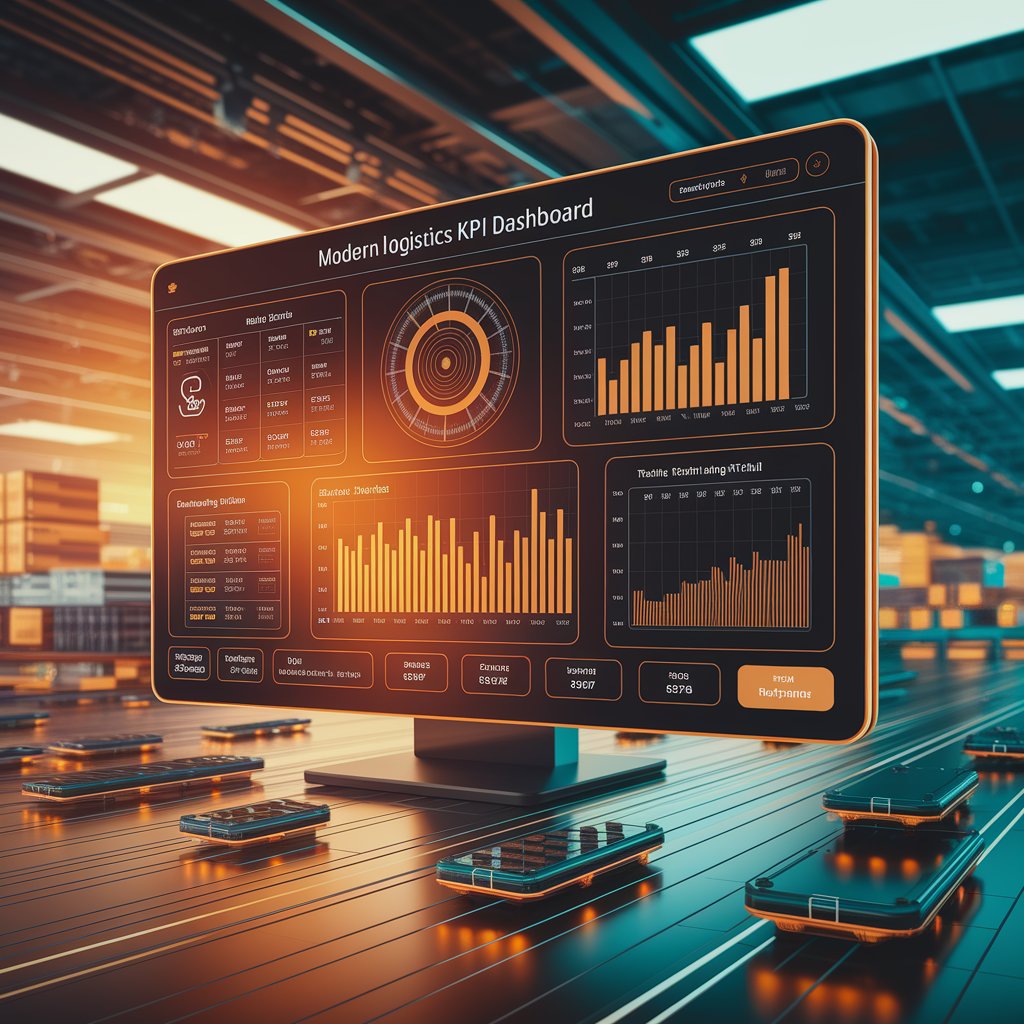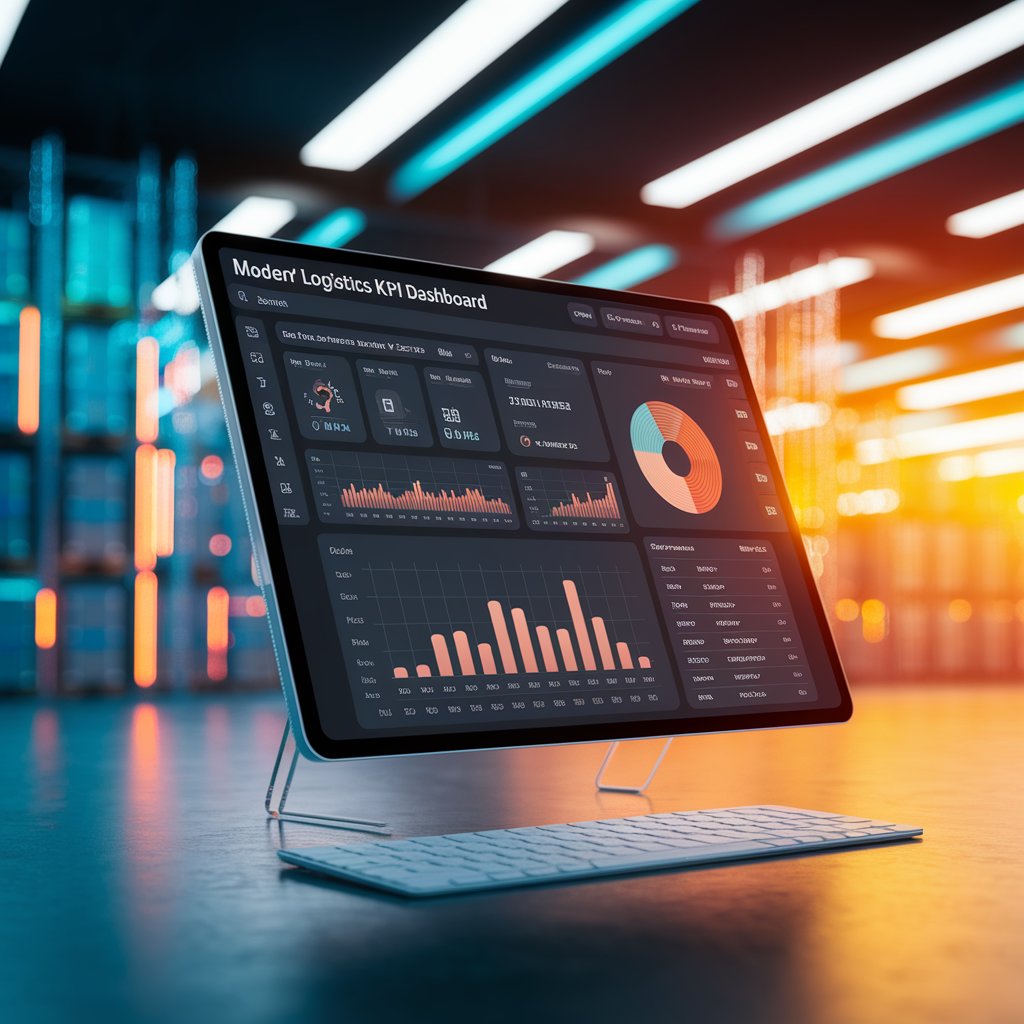Logistics KPI Tracking: Measuring Performance for Smarter Supply Chains

Introduction
That’s why logistics KPI tracking is essential. By monitoring key performance indicators (KPIs), companies can transform raw data into actionable insights, identify inefficiencies, and continuously improve their supply chain operations.
What Is Logistics KPI Tracking?
The process of monitoring critical metrics that measure the effectiveness and efficiency of supply chain activities. These KPIs span multiple areas such as:
- Transportation efficiency (on-time delivery, cost per mile)
- Warehousing performance (inventory turnover, order accuracy)
- Customer experience (service levels, complaint resolution time)
- Financial indicators (freight cost per unit, revenue per shipment)

Key Benefits of Logistics KPI Tracking
Benefit | Business Impact |
Improved Visibility | Identify bottlenecks across the supply chain |
Cost Control | Track expenses and reduce inefficiencies |
Service Excellence | Enhance delivery performance and customer satisfaction |
Predictive Insights | Anticipate disruptions and demand changes |
Data-Driven Decisions | Replace guesswork with measurable insights |
Examples of Logistics KPIs to Track
- On-Time Delivery Rate – Percentage of shipments delivered as scheduled.
- Freight Cost per Unit – Total transportation costs divided by shipped volume.
- Order Accuracy – Number of error-free orders processed.
- Warehouse Utilization – Space efficiency compared to capacity.
- Customer Satisfaction Score (CSAT) – Feedback from end customers.

How KPI Tracking Works in Practice
- Data Collection: Gather information from TMS, WMS, ERP, and IoT systems.
- Integration: Centralize the data into dashboards or BI platforms.
- Visualization: Present metrics through charts, graphs, and trend lines.
- Analysis: Identify patterns, inefficiencies, and opportunities for savings.
- Optimization: Implement changes and measure improvements over time.
Why It Matters for Modern Logistics
Global supply chains are complex and vulnerable to disruption. Companies that rely on manual tracking often lack the agility to respond quickly. With logistics KPI tracking, organizations gain real-time performance monitoring that ensures competitiveness, resilience, and profitability.

Conclusion
Logistics KPI tracking is more than a reporting tool—it’s a strategic enabler. By monitoring the right performance indicators, businesses can achieve operational excellence, optimize costs, and strengthen customer relationships. In today’s data-driven logistics landscape, KPI tracking is the foundation of smarter supply chains.
